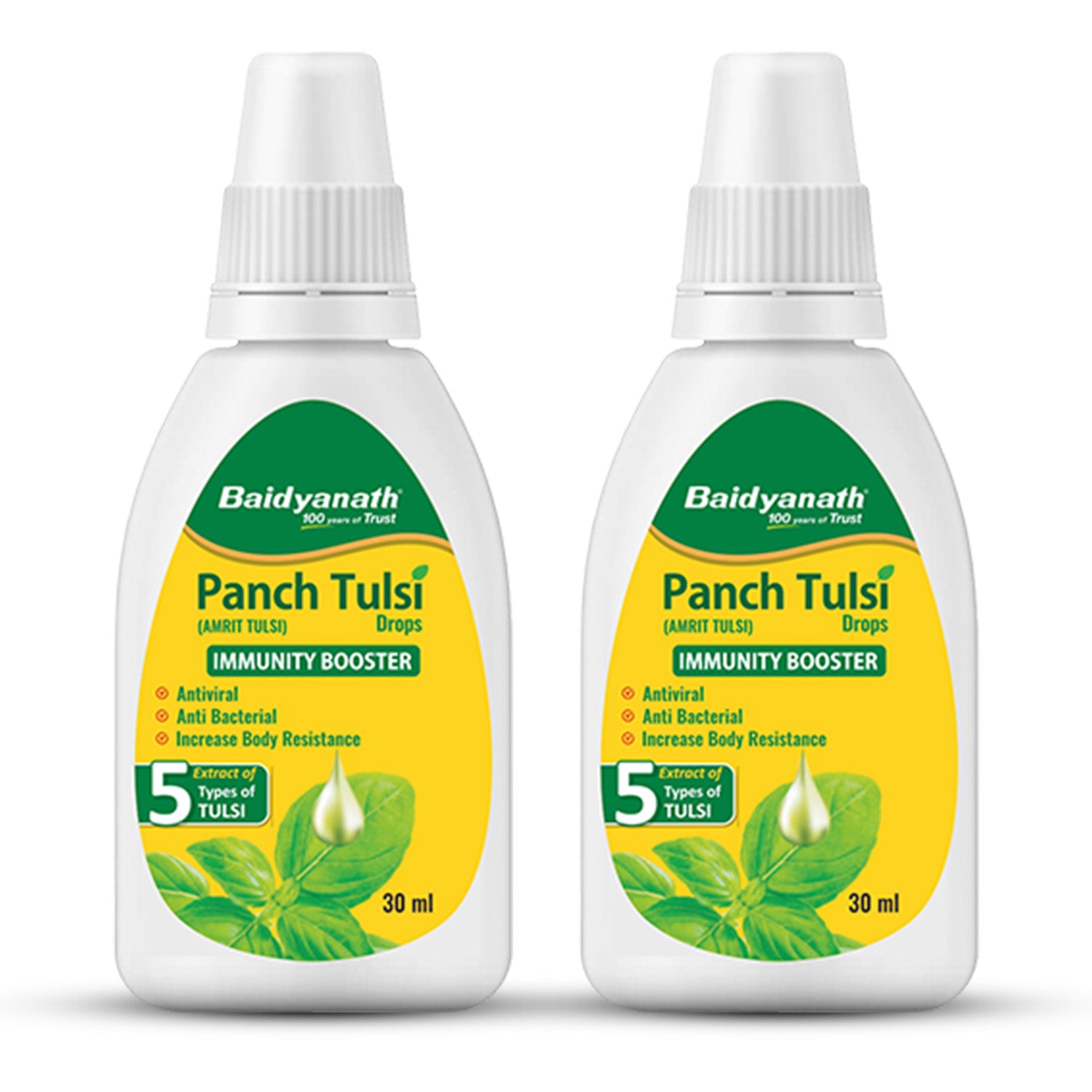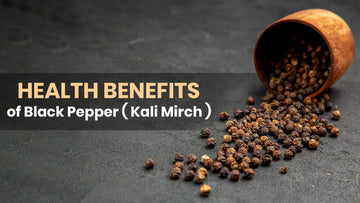Discover 8 Unusual Signs of High Cholesterol During Winter

Signs of High Cholesterol During Winter
Most health conditions may be acquired during winter. High cholesterol will normally do its dirty work in silence- gradually leading to the development of plaques at the arteries- causing severe ailments regarding the heart in the long run. Usually, high cholesterol does not present itself with symptoms. However, such conditions are even multiplied and perhaps present showing signs of abnormal symptoms during the winter. This blog will focus on 8 uncommon indications of high cholesterol and how the colder temperatures aggravate such symptoms. Early recognition of these signs is the key to effective management of your processes with your health.
Cholesterol Symptoms in Winter Season
1. Cold Sensitivity in Extremities

One of the most noticeable signs of high cholesterol during winter is cold sensitivity in the extremities, like your fingers and toes. Increased cholesterol levels enable plaque formation in arteries and make the blood flow to restricted areas. Such circulation results in an unusual cold feeling in both hands and feet or other extremities, even when it is hot inside the house. During the winter months, it becomes more obvious because of reduced blood flow during the cold weather. If you are constantly fighting against cold fingers or toes, it might be the right time to look into your cholesterol levels, which can be one of the early indicators of high cholesterol-related circulatory problems.
Please note that too high cholesterol leads to the accumulation of plaques in the arteries, hence restricting blood flow. The blood circulation in the body may give feelings of coldness in the hands, feet, or other extremities at some times, even when indoors in hot days. Cold weather also worsens this feeling, for example, in winter, where blood circulation is less due to cold weather. If you usually have fingers or toes that are cold, it is advisable to check your blood cholesterol levels, as this might be an early indicator of circulation problems linked to high blood cholesterol levels. This is one of the common signs of high cholesterol during winter.
2. Chronic Fatigue
Fatigue is pretty much a common symptom across many health conditions. It may also be a hint that the individual has high cholesterol. Cholesterol build-up in arteries hampers proper blood flow as well as, consequently, the oxygen delivery to every organ of the body, including the heart. Since your heart has to work harder to pump blood, all this causes feelings of exhaustion, metaphorically chronic fatigue. When winter comes, the body's efforts to maintain their temperature are a bit higher, intensifying that fatigue. So, when you feel tired all the time even when you have completed a full night's sleep, maybe it is time to check your cholesterol levels.
3. Shortness of Breath

Cold weather is a winter strain on the body's cardiovascular system as it becomes harder for the body to circulate oxygen efficiently. That is especially problematic if you have high cholesterol. Plaque stiffness will narrow the arteries and slow down blood flow even more, leading other vital organs, including the lungs, to receive a decreased supply of oxygen. Breathlessness may then be felt during even minimal amounts of physical exertion. A telltale sign that you might suffer from being out of breath more often than usual or fight for breath because of cold weather is poor circulation caused by high cholesterol.
4. Cold, Bluish Skin
Cold bluish skin - on the hands or feet and, especially, the lips - indicates that one has poor circulation from high cholesterol. When blood is insufficient to flow adequately into areas of the skin, these areas may take on a bluish tint. Oxygenated blood is deficient in the body, and the skin will feel cold in these areas. This condition can amplify during winters when normal circulation is challenged even more by colder temperatures. Irrespective of the weather, notice when skin takes on an excessive bluish or cold look, as this will be an indicator of bad circulation due to high cholesterol.
5. Chest Discomfort or Pressure
The most dangerous and common symptom of high blood cholesterol is chest discomfort or pressure. Cholesterol in the arteries might block the normal flow of blood to the heart, resulting in chest pain or pressure in the chest itself. There is definitely more risk during winter, although this may occur throughout the year, since blood vessels constrict as a result of the cold, increasing demand on the heart. If you suffer from chest discomfort, or should it occur with shortness of breath or tiredness, visit your doctor at once because it could be due to any complications in the heart that may arise from high cholesterol and include angina or a heart attack.
6. Elevated Blood Pressure
Usually, high levels of cholesterol and pressure in the blood are indicators of a major health problem. Very common in these diseases, their effects lead to cholesterol accumulation in arteries, wherein the arteries become stiff and narrowed. This makes blood pressure rise. Furthermore, if other variables are included, it may lead to hypertension at that time when its a cold season and the blood vessels become constricted, causing the heart to pump harder to push the blood through the arteries, worsening the effects of hypertension. For example, very high fluctuations in blood pressure may be observed or certain patients may complain of dizziness, lightheadedness, and flushes. This condition could stem from the patient's high cholesterol levels in the diet. Monitoring such levels is increasingly vital in cold seasons.
7. Cold Temperature Sensitivity
Naturally, temperature drops during winter, and this is worsened for people who have high cholesterol levels. With the buildup of cholesterol, arteries are deprived from playing their role as pumps of the body in relation to optimal circulation and effective temperature regulation.
This might just lead you to feel a lot colder than others around you because it will create high sensitivity to the cold weather. If you keep wrapping yourself up in moderate cool, there could be a reason behind it-cholesterol levels. It can impact circulation and temperature regulation for the body and makes it more difficult in winter to be warm.
8. Unexplained Digestive Issues
Digestive concerns, though, aren't only dependent on food consumption and stress; they can also be due to high cholesterol levels. The strain caused by high cholesterol has great importance on the liver because it serves a vital role in handling cholesterol and fat. This could manifest itself as several complaints such as bloating, nausea, or even constipation. These symptoms generally, however, become more noticeable in winter, especially when the diet changes and becomes rich in fatty comfort food. Thus, finding your digestive system going off balance frequently or experiencing discomfort without a clear cause might be a telltale warning of cholesterol affecting your liver and digestive system. Buildup of cholesterol in the liver may also become a risk factor for fatty liver disease and complicate digestive problems even more.
Read also : Signs, Symptoms, and Causes Of Liver Failure
Conclusion
Winter can be a difficult season for all people, and it sets an extra burden to those having high cholesterol. While cold weather often exacerbates symptoms of high cholesterol, learning to recognize these symptoms is the first proactive step you can take toward understanding your health condition. You need to take an even closer look at those possibly unusual symptoms such as sensitivity to cold, feeling tired, anxiety, chest pain, or some digestive issues and consult with a doctor to get one's cholesterol levels checked. Cholesterol and fatty liver problems can lead to serious complications if ignored; thus, it is wise to be alert and take problems in time for a healthier and more comfortable winter. Keep up the health measures and modify whatever needed to save from the lifestyle due to increased difficulty in maintaining circulation that winter brings in productivity.
No comments











0 comments